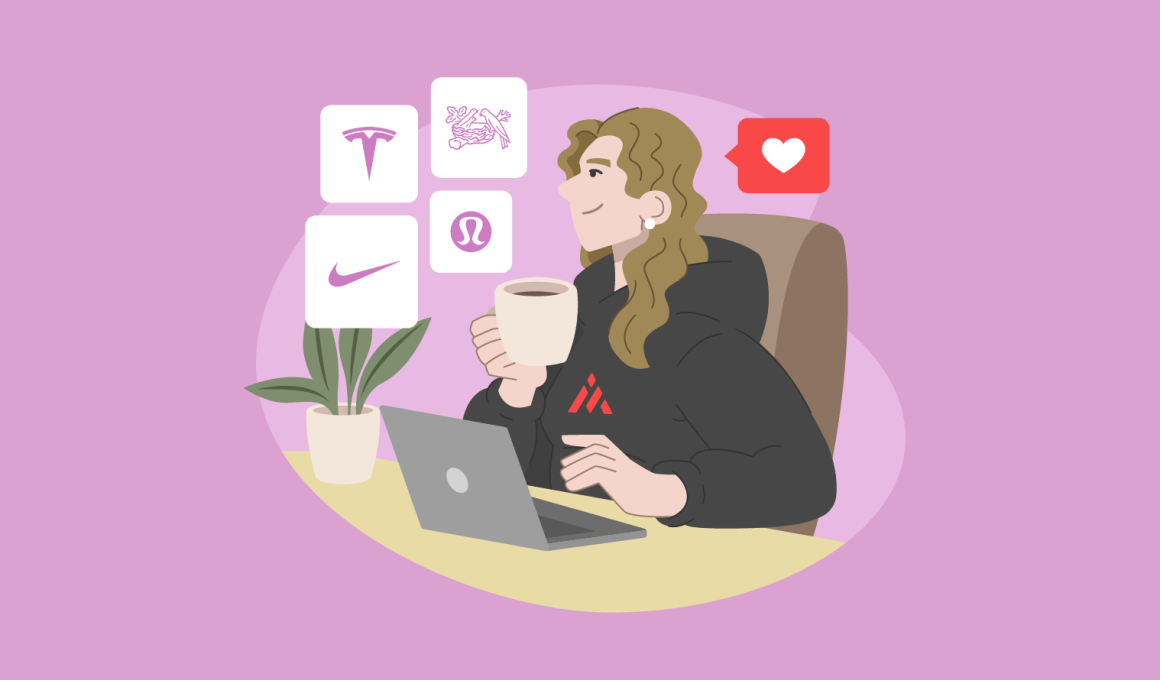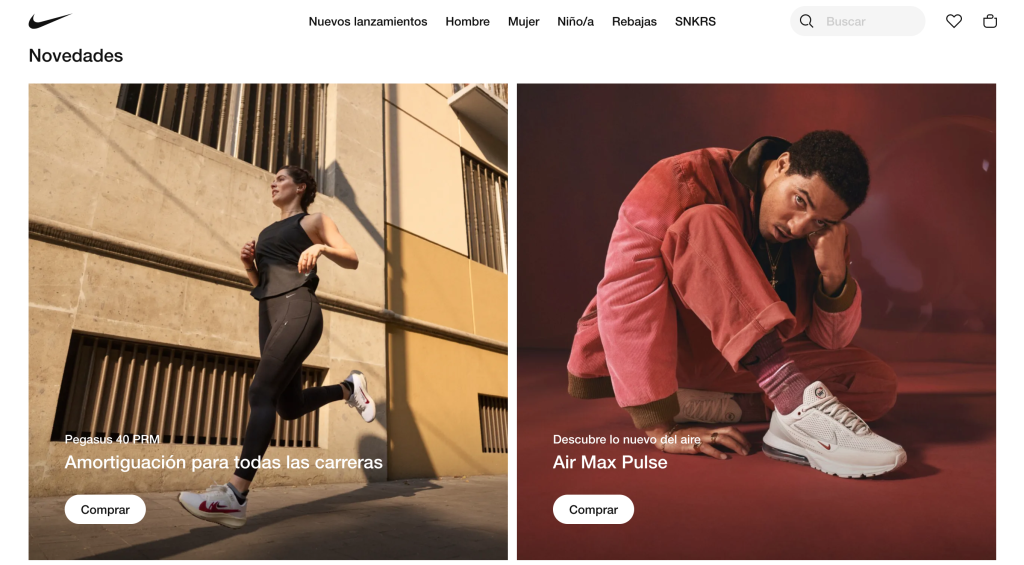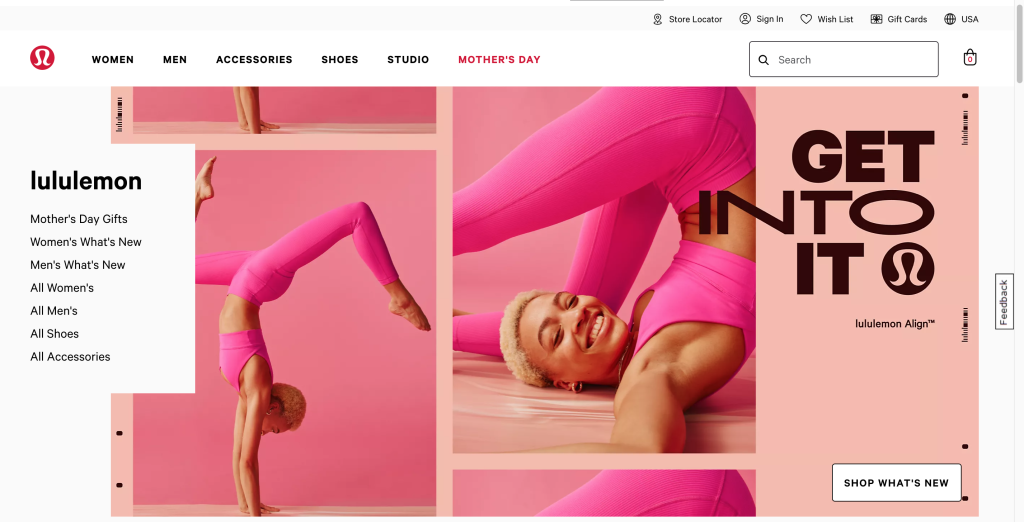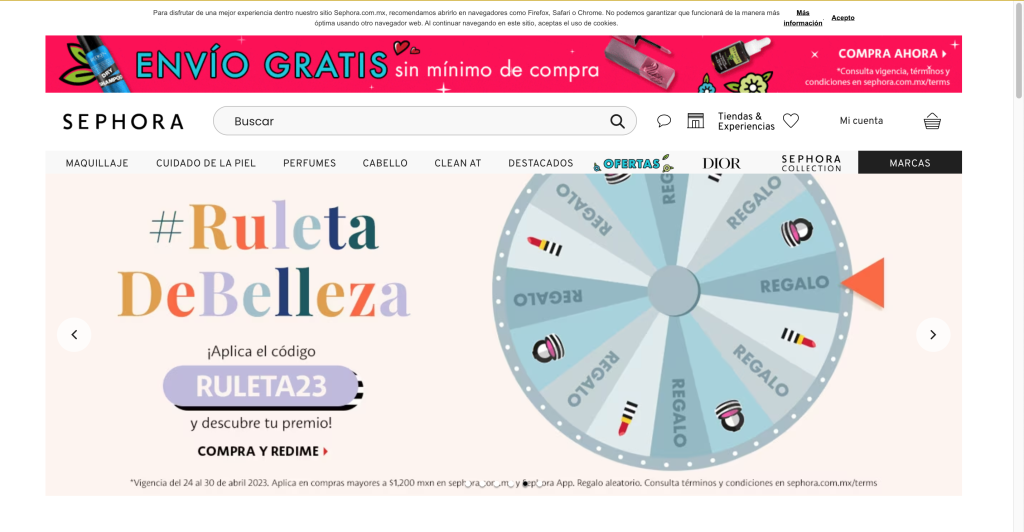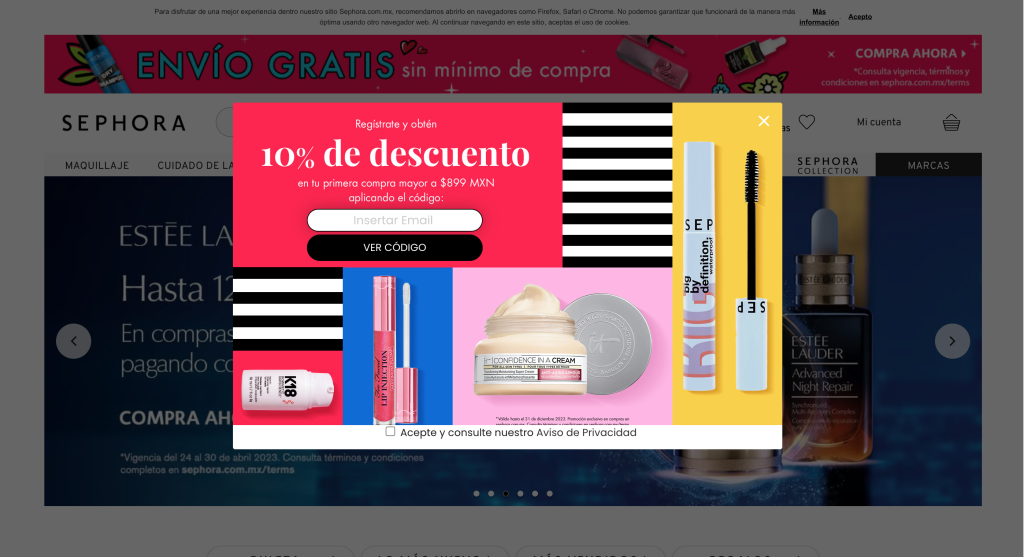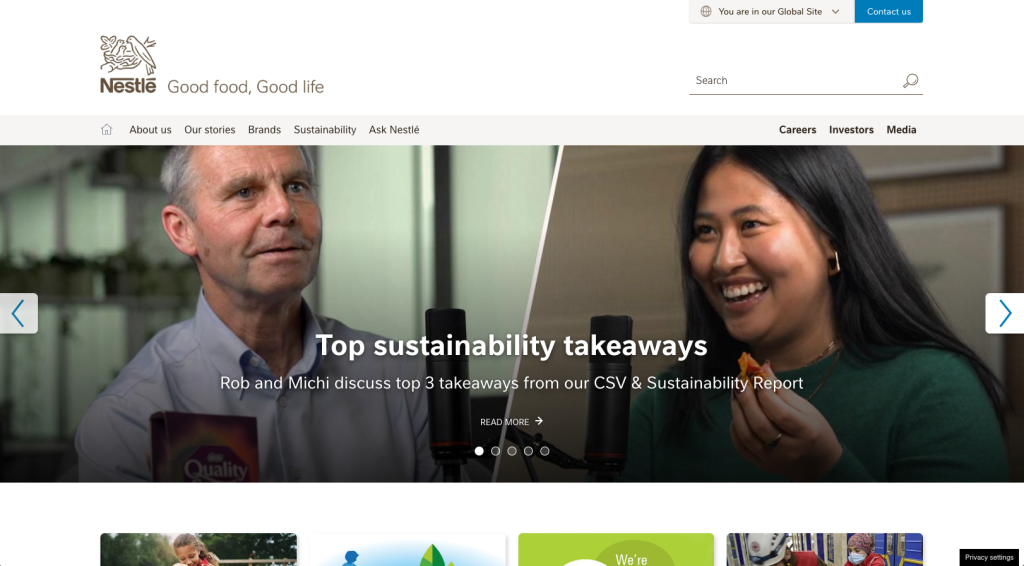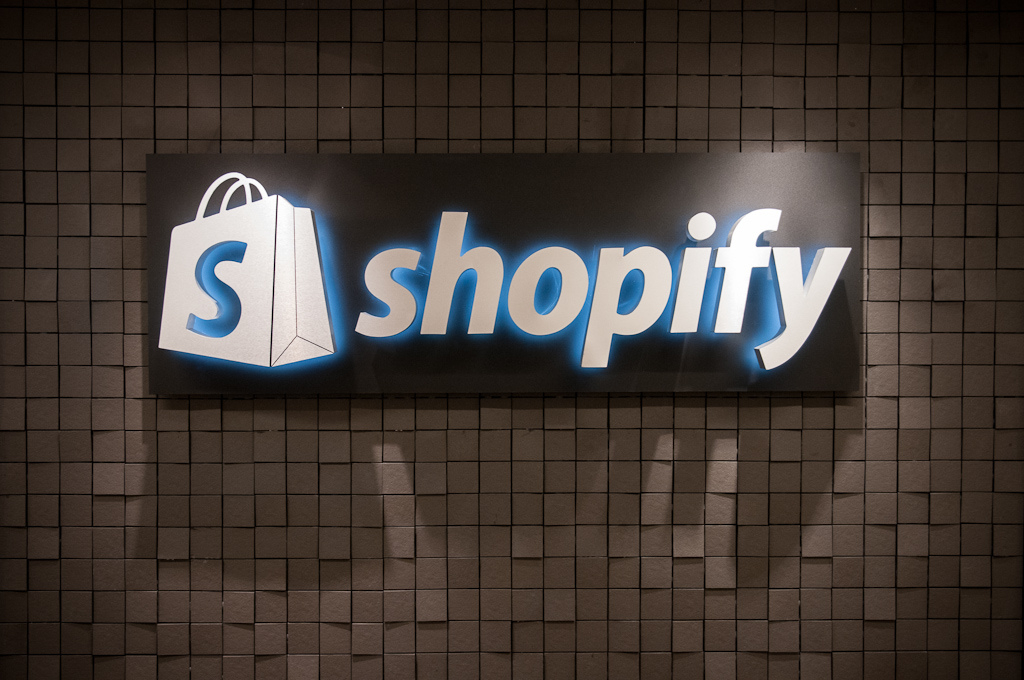As the market evolves, so do the demands of online shoppers. Current ecommerce approaches prioritize back-end configurations, but increased interest in personalization, customization, and omnichannel engagement has led to a need for a new approach: Headless Commerce.
The power and flexibility of Headless Commerce means an efficient, future-proof experience for you — and your customers. More and more businesses are embracing this approach to deliver exceptional shopping experiences. Headless commerce is being used by brands across industries, including SaaS, automobiles, and hard goods like footwear and apparel.
Keep reading to learn how Nike, Lululemon, Sephora, Tesla and Nestlé have taken advantage of the versatility and effectiveness of headless commerce.
Headless Commerce: A Look at Companies Across Industries
To start in the world of eCommerce, you only need to create an online store with some free or low-cost software. However, to take your brand’s digital shopping experience to the next level, you need to be omnichannel, and as you add channels, things get complicated.
In this scenario, headless commerce is a solution to separate the back end and front end of your online store and reach more channels with maximum flexibility. Interested? Read this, then keep reading to learn how it works, discover if it is the right solution for your brand, and be inspired by success stories.
Nike
Nike, one of the most known brands, uses headless commerce to deliver personalized experiences across multiple channels, including mobile and in-store.

The brand wanted a mobile-focused approach for their eCommerce, which would allow them to achieve their overall goal of generating more sales through mobile devices. Finally, they opted for a headless architecture with Node.js for the back end and React SPA on the front end. Thanks to this innovation, Nike was able to begin gaining market share compared to their main competitor, Adidas.
Lululemon
Lululemon leverages headless commerce to create seamless shopping experiences for customers across all touchpoints.

Lululemon is a great example of a company that has successfully implemented headless commerce. Lululemon leverages headless commerce to provide a seamless shopping experience across multiple channels, including its website, mobile app, and in-store kiosks. By decoupling the front-end presentation layer from the back-end commerce engine, Lululemon is able to deliver a personalized and consistent experience to customers.
Also, Lululemon uses headless commerce to enable faster time-to-market for new product launches and marketing campaigns, as well as to integrate with third-party marketing tools and platforms. Overall, Lululemon’s use of headless commerce has helped them to improve the customer experience, increase sales, and stay ahead of the competition.
Sephora
Sephora implemented headless commerce to provide a highly personalized shopping experience, with recommendations and product suggestions based on customer preferences.
Sephora is another great example of a company that has successfully implemented headless commerce. Sephora leverages headless commerce to provide a personalized and consistent shopping experience across all of its channels, including its website, mobile app, and in-store kiosks. By decoupling the front-end presentation layer from the back-end commerce engine, Sephora is able to deliver a seamless and intuitive experience to customers, with features like personalized product recommendations, targeted promotions, and streamlined checkout.
Additionally, Sephora uses headless commerce to integrate with third-party marketing tools and platforms, enabling them to leverage customer data and insights to optimize their marketing campaigns. Overall, Sephora’s use of headless commerce has helped them to improve the customer experience, increase sales, and stay ahead of the competition.
Tesla
Tesla uses headless commerce to enable customers to easily purchase vehicles and accessories online, with a simplified checkout process.
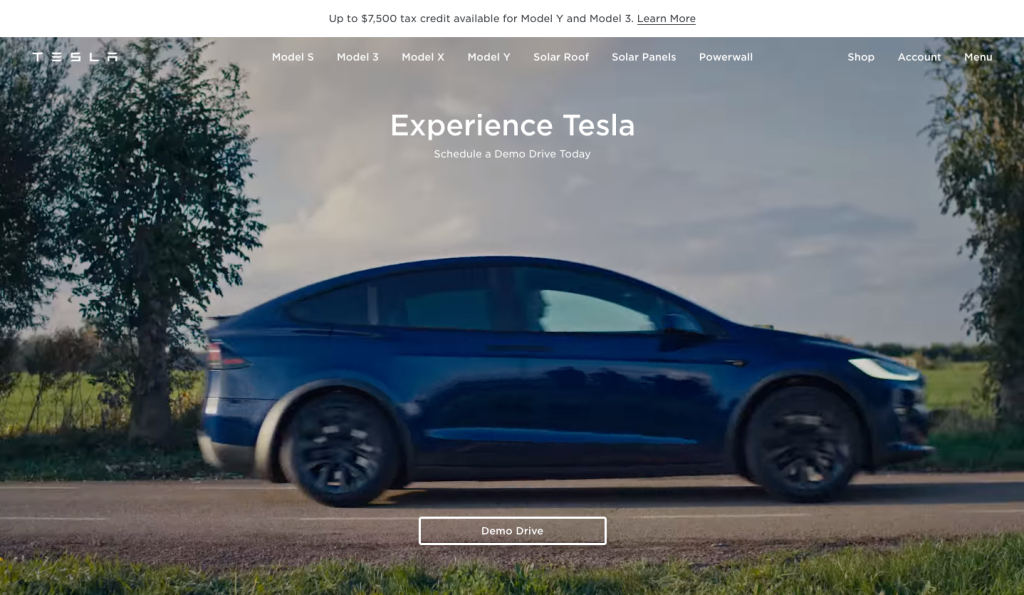
It is known that Tesla has a strong online presence and offers customers the ability to purchase its products online through its website. They also have a mobile app that customers can use to control their Tesla cars and manage their account details.
Tesla implemented headless commerce by decoupling the front-end and back-end of its e-commerce platform, enabling a more seamless experience for customers. By utilizing APIs, they integrated their e-commerce system with different touchpoints like mobile apps and website. Obviously, it let them personalize their customer’s shopping experience.
Nestle
Nestle implemented headless commerce to create a unified shopping experience for customers across all of their brands. They have adopted a headless architecture to improve the customer experience.

One example is their "Create Your Own Box" campaign in which consumers can personalize their own assortment of chocolates and candies. Nestle implemented headless commerce in their "Create Your Own Box" campaign by decoupling the presentation layer from the commerce functionality. This enabled the business to create a custom-built user interface that was tailored to the campaign’s requirements and optimized for a positive customer experience.
Highlights on Headless Commerce Versatility and Effectiveness
Headless commerce has become an important trend in the eCommerce industry. These companies represent a variety of industries, from fashion to automotive to consumer packaged goods, and demonstrate the versatility and effectiveness of headless commerce.
There’s no doubt that we are going to keep looking at how many more companies in various industries are going to implement headless commerce as a way to improve their online commerce presence and create a more dynamic shopping experience.
